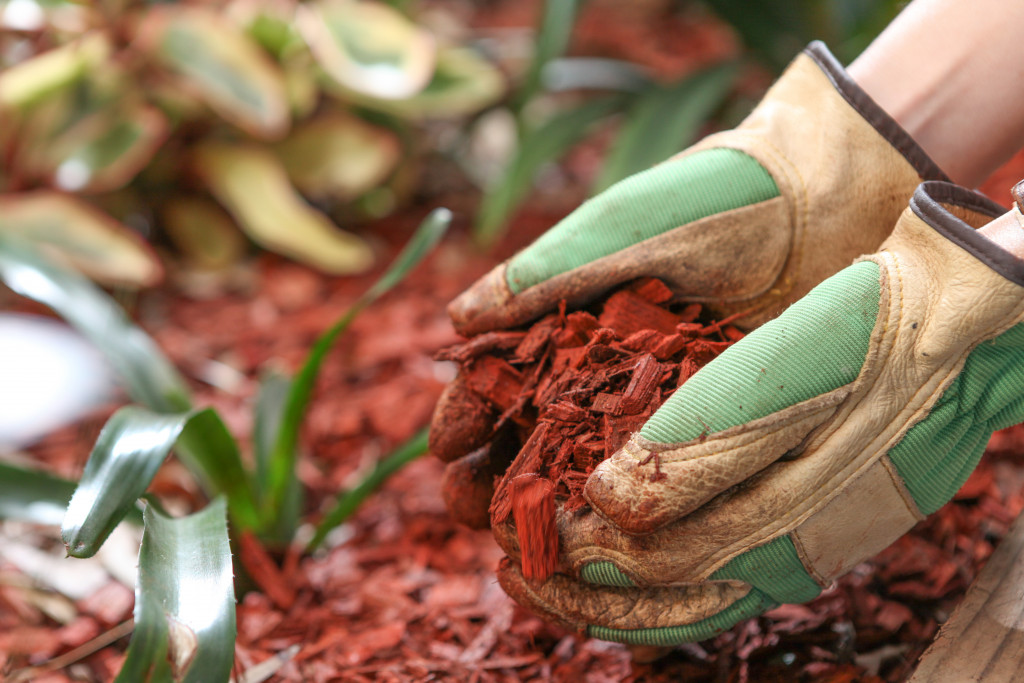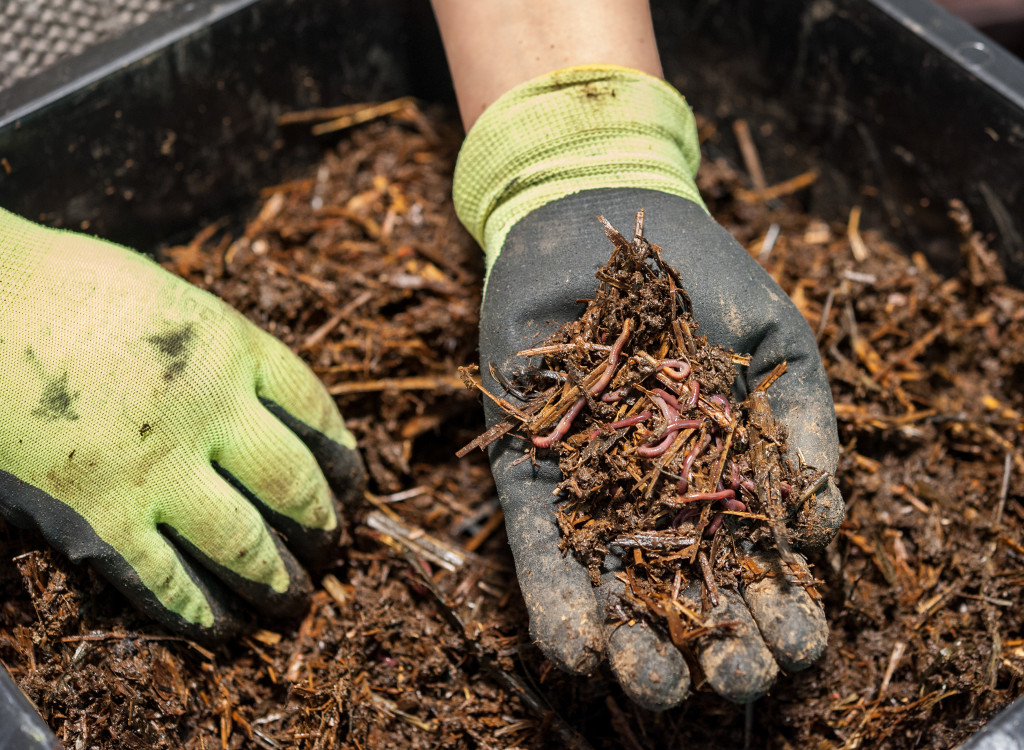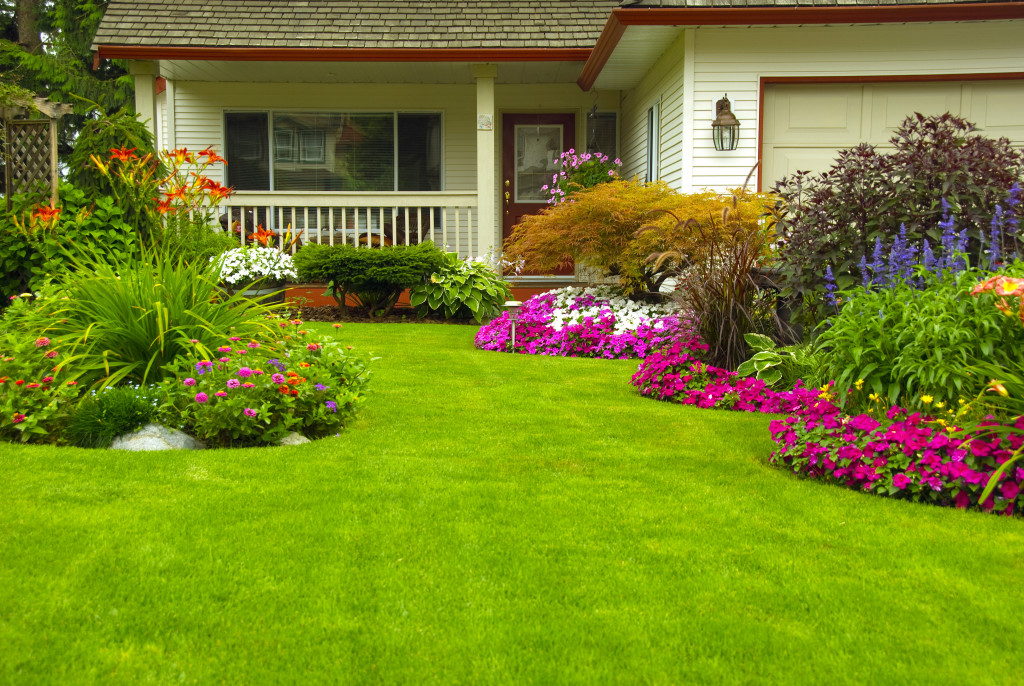- Native plants are recommended for sustainable landscaping due to their low maintenance and support for local wildlife.
- Mulching and xeriscaping conserve water, reduce soil erosion, and require minimal maintenance.
- Eco-friendly hardscaping utilizes recycled materials, natural stone, bamboo, and reclaimed wood for a sustainable design.
- Implementing composting reduces waste and enriches soil, promoting a healthier and more sustainable garden.
Creating a beautiful and sustainable outdoor space is one of the most fulfilling projects you can embark on as a homeowner. Not only does it help the environment, but it creates a healthy, beautiful, and comfortable living space for you and your family. With these eco-friendly landscaping tips, you can turn your outdoor space into a sustainable sanctuary that you’ll enjoy for years.
Use Native Plants
When planning your landscaping, it’s highly recommended that you choose native plants that are adapted to your local climate. Native plants are pest-resistant and require fewer chemicals.
They also provide shelter and a food source for local wildlife such as birds, butterflies, and bees. By choosing native plants, you support biodiversity, reduce maintenance costs, and conserve natural resources.
Mulch Your Soil

Mulching your soil is a great way to reduce water usage, control soil erosion, and keep weeds at bay. Mulch is a layer of organic or inorganic material that is spread over the soil surface. It helps to retain moisture, regulate soil temperature, and improve soil quality.
Organic mulches, such as bark chips or leaves, will break down over time and add nutrients to the soil. Inorganic mulches, such as rocks or gravel, are long-lasting and provide a neat appearance.
Try Xeriscaping
Xeriscaping is a landscaping method that utilizes plants and materials that require minimal water. This type of landscaping helps conserve water, reduces maintenance costs, and creates an attractive outdoor space.
When designing your xeriscaped yard, be sure to include drought-tolerant plants such as cacti or succulents along with rock gardens or gravel paths. You can also use a professional xeriscaping service to help you create your own sustainable paradise.
They’ll be able to advise you on the best plants and materials for your local climate and provide maintenance advice. This type of landscaping is a great way to create a sustainable outdoor environment without sacrificing your style or budget.
Choose Sustainable Hardscaping Materials
Hardscaping refers to the non-plant elements in your landscape design, such as patios, walkways, retaining walls, and decks. When selecting hardscaping materials, it’s important to choose sustainable options that are durable, low maintenance, and environmentally friendly. Some eco-friendly materials to consider include the following four:
Recycled materials
Recycled materials are a great eco-friendly option for hardscaping. They include materials such as asphalt, concrete, glass, rubber, and plastics. These materials have been recycled from other sources and can be used to create attractive and long-lasting features in your landscape design.
Natural stone
Natural stone is an attractive and durable material that is perfect for creating pathways or patio spaces. It also requires little maintenance and is great for the environment.
Bamboo
Bamboo is a natural, renewable resource that grows quickly and can be used to create fences or trellises. It’s also an attractive material that will add texture and warmth to your outdoor space.
Reclaimed wood
Reclaimed wood is a great way to add character and charm to your landscape. It’s also an eco-friendly option since it has already been used and does not need to be harvested from new sources. Reclaimed wood can be used to create stunning outdoor features such as decks, planters, or benches.
These materials are an excellent way to create an environmentally friendly outdoor space that you and your family will enjoy for years to come.
Implement Composting

Composting is an excellent way to reduce waste, recycle organic matter, and enrich soil. Composting means breaking down organic waste, like food scraps and yard debris, into a nutrient-rich soil amendment.
Composting helps to improve soil structure, retain moisture, and support healthy plant growth. It also reduces the amount of waste that goes to landfill, reducing greenhouse gas emissions. A compost bin is easy to construct, requires little maintenance, and can turn your yard waste into a valuable resource.
Creating a beautiful and sustainable outdoor space is far from an arduous task. With these eco-friendly landscaping tips, you can transform your garden into a resource-conserving, biodiversity-supporting, and visually appealing haven. Remember, every small step you take towards sustainable landscaping profoundly impacts your local ecosystem and, in turn, the planet.
By choosing to go green, you will be rewarded with an enchanting outdoor space and contribute to the greater cause of environmental conservation. Get started today, and let your yard be an example and inspiration for other homeowners to embrace sustainable practices.



